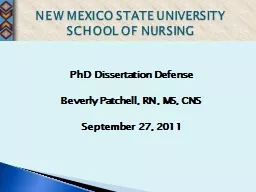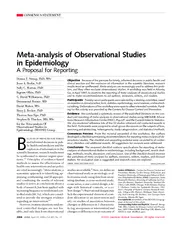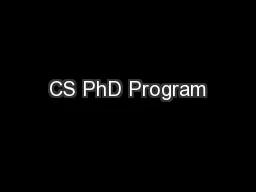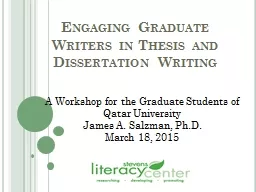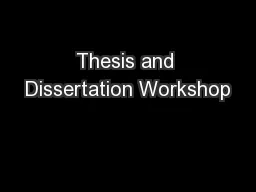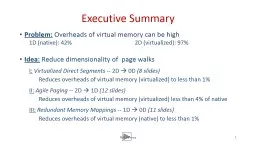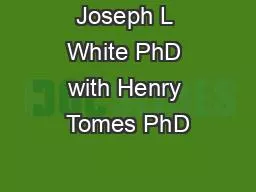PPT-PhD Dissertation Defense
Author : tatyana-admore | Published Date : 2019-06-26
Beverly Patchell RN MS CNS September 27 2011 NEW MEXICO STATE UNIVERSITY SCHOOL OF NURSING Dr Mary Hoke Dr Leslie Robbins Dr John Lowe Dr Iris Mullins Dr Kathleen
Presentation Embed Code
Download Presentation
Download Presentation The PPT/PDF document "PhD Dissertation Defense" is the property of its rightful owner. Permission is granted to download and print the materials on this website for personal, non-commercial use only, and to display it on your personal computer provided you do not modify the materials and that you retain all copyright notices contained in the materials. By downloading content from our website, you accept the terms of this agreement.
PhD Dissertation Defense: Transcript
Download Rules Of Document
"PhD Dissertation Defense"The content belongs to its owner. You may download and print it for personal use, without modification, and keep all copyright notices. By downloading, you agree to these terms.
Related Documents

